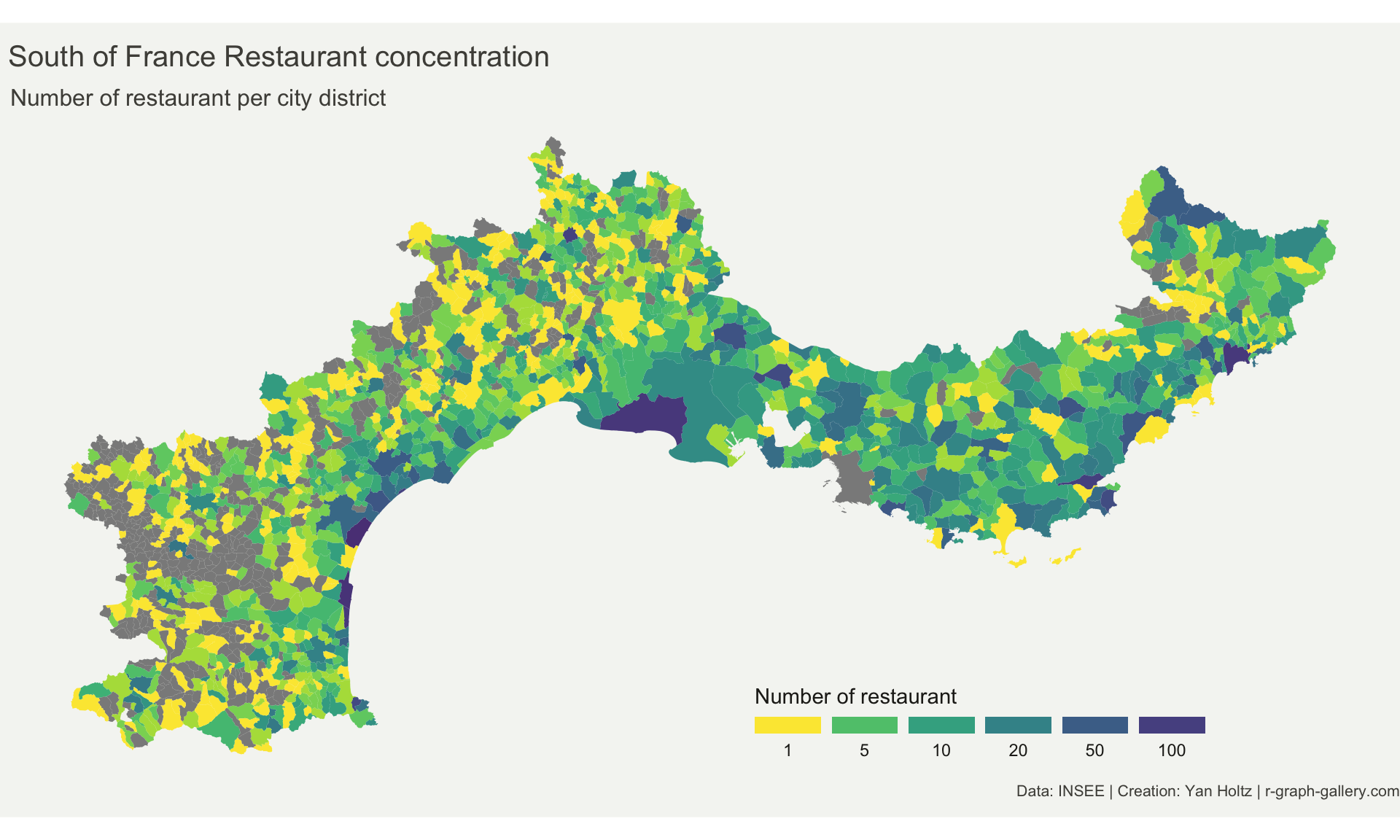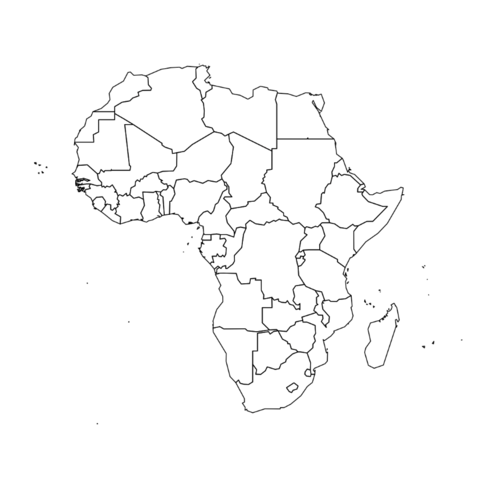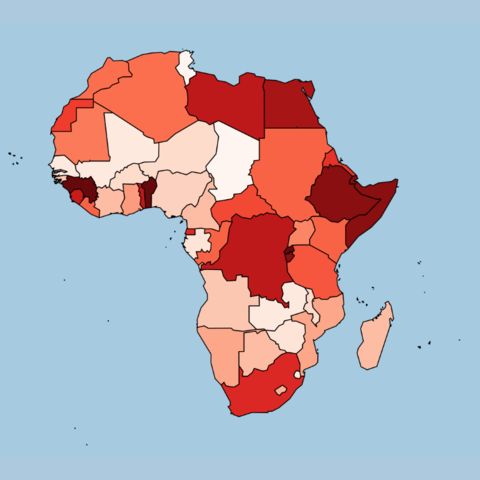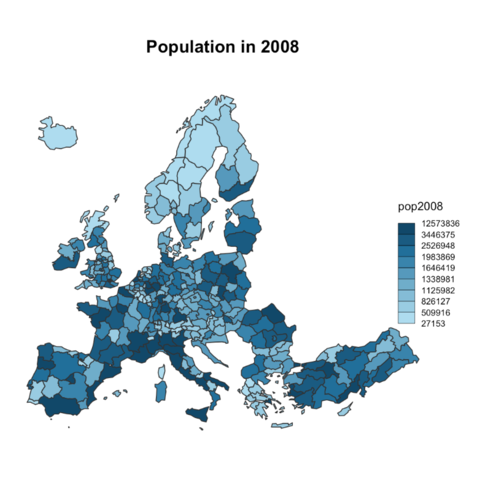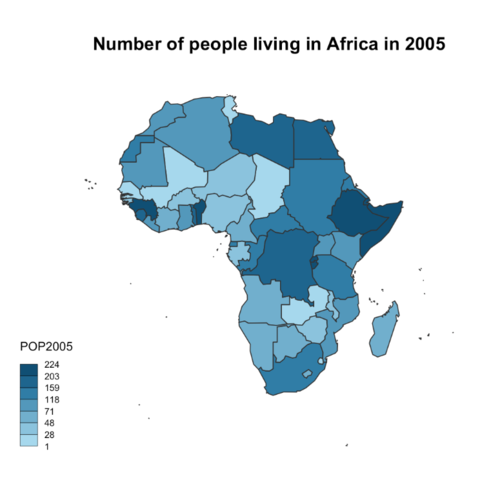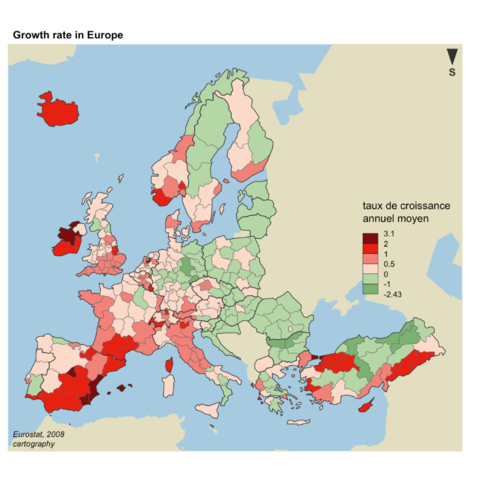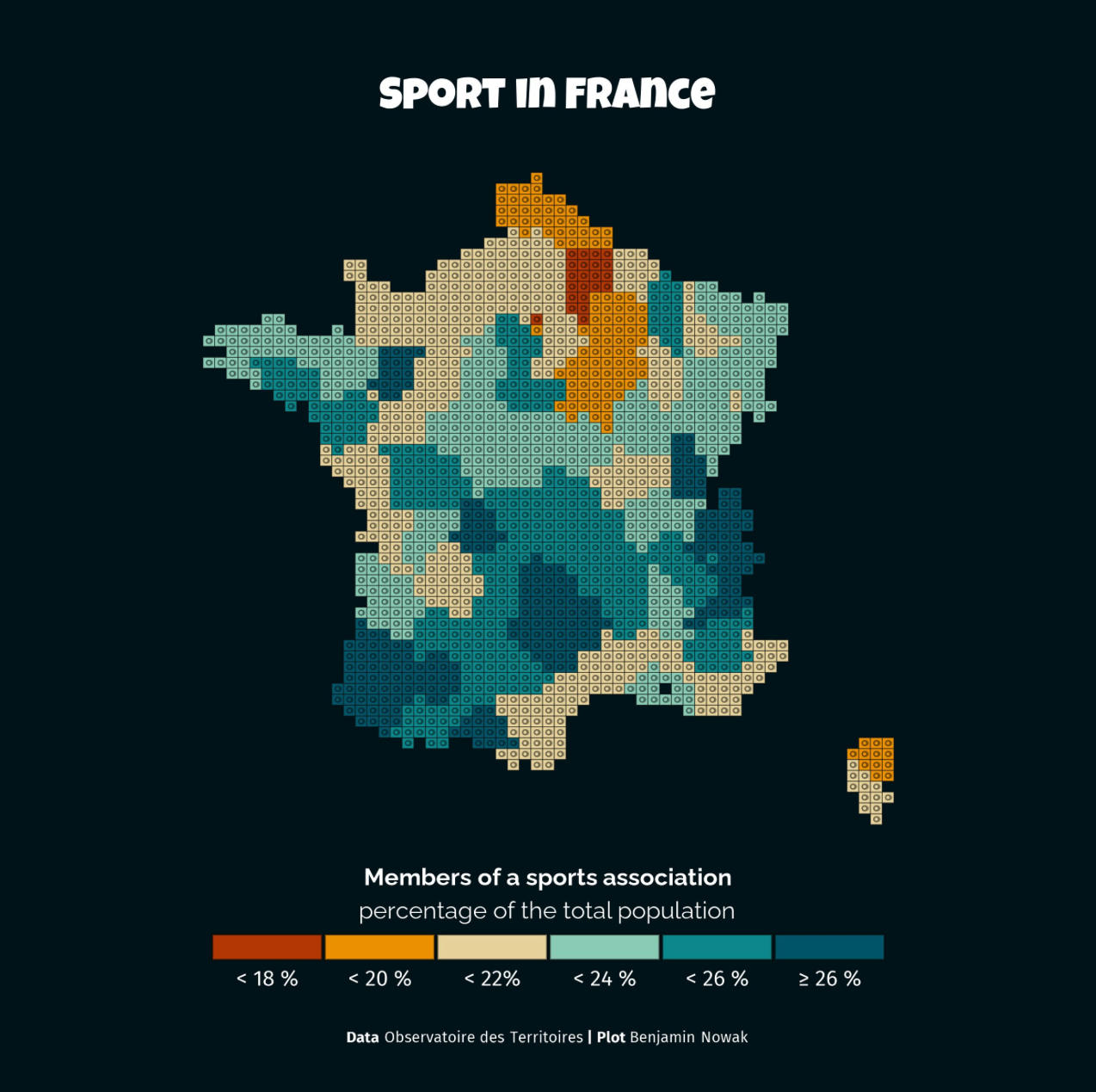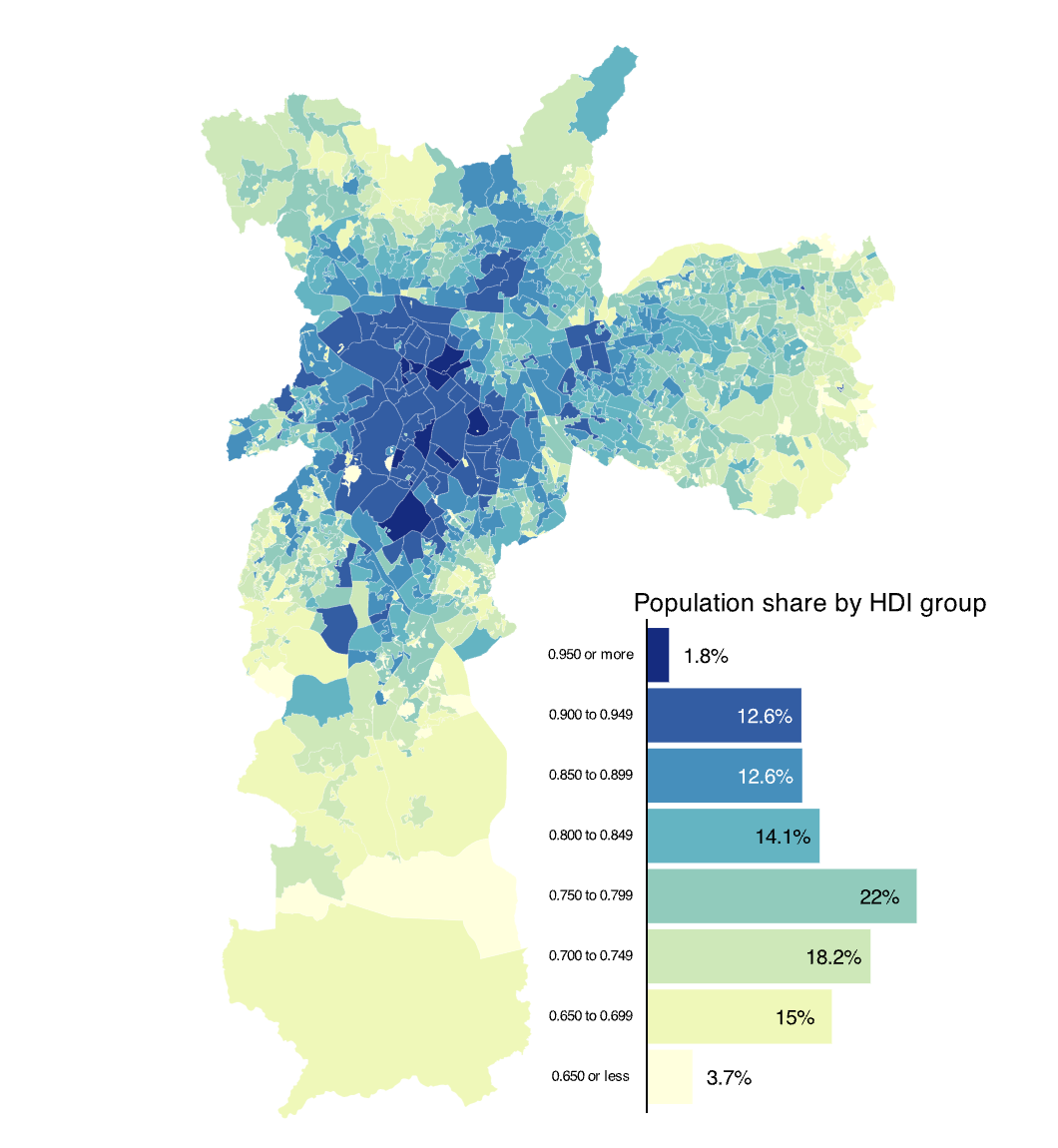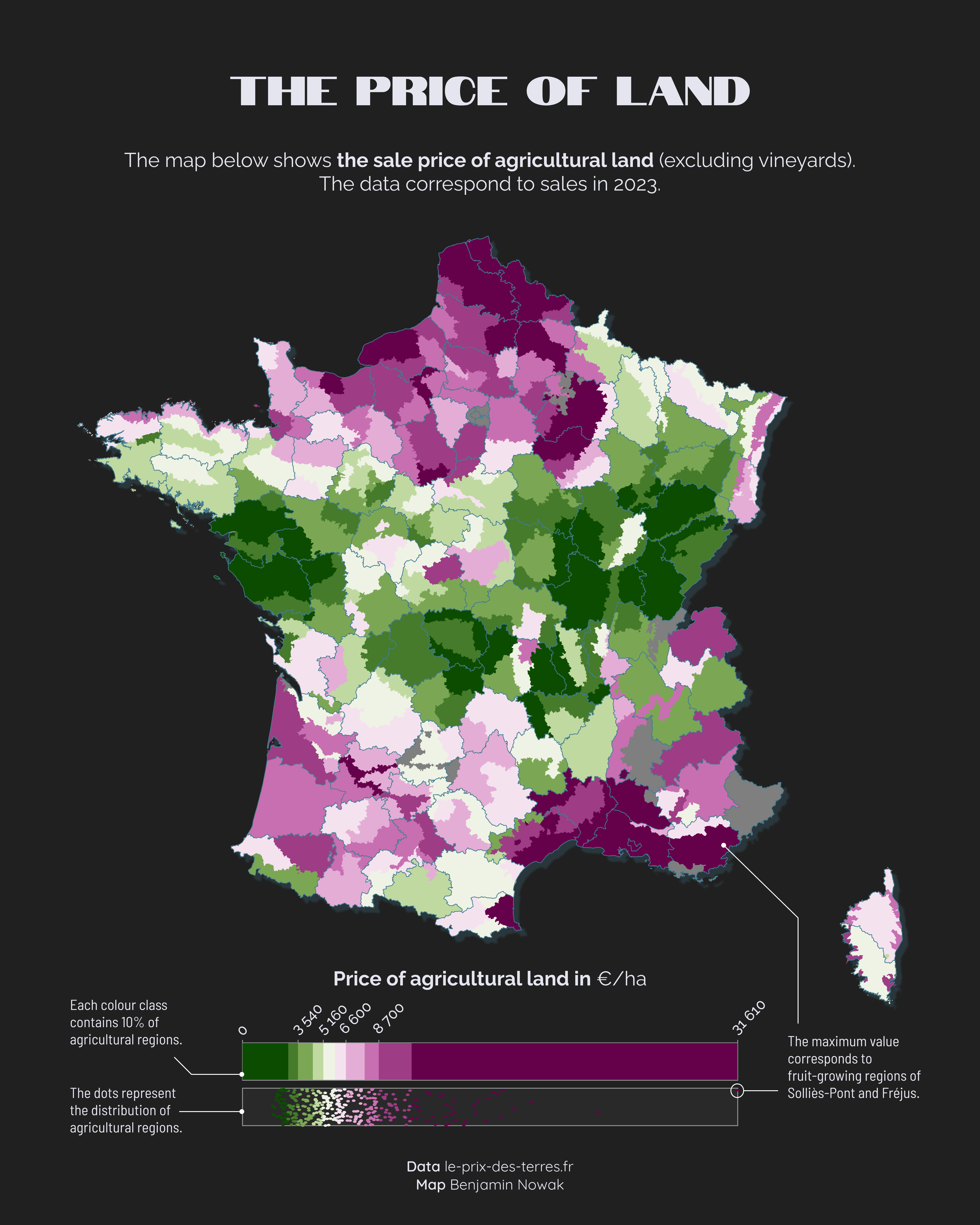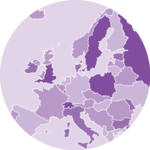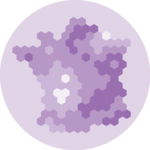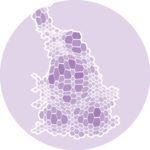ggplot2
ggplot2 is my favourite way to make a static choropleth
map. In this post I show how to load geoJSON geographical data, link
it with a numeric variable and plot it as a choropleth. Another
advantage of this method is that it allows to quickly transform your
map in an interactive version with plotly (see further).
ggiraphggiraph is a package that makes super easy to create interactive charts, and map are not an exception.
The chart below automatically maps the countries from the map to the other charts with some nice hover effects thanks to CSS, which make it easy to understand and intuitive to interpret.
Try to hover!
Codebase RNo specific library is needed to build a choropleth map once the geospatial object is loaded in R. The examples below explain how to build a color palette and attribute a color to each region, according to its numeric value.
leaflet
The leaflet package allows to build interactive map
directly from R. On the following choropleth map it is possible to
zoom and hover a country to gets more details about it. Read the
tutorial.
cartography package.
